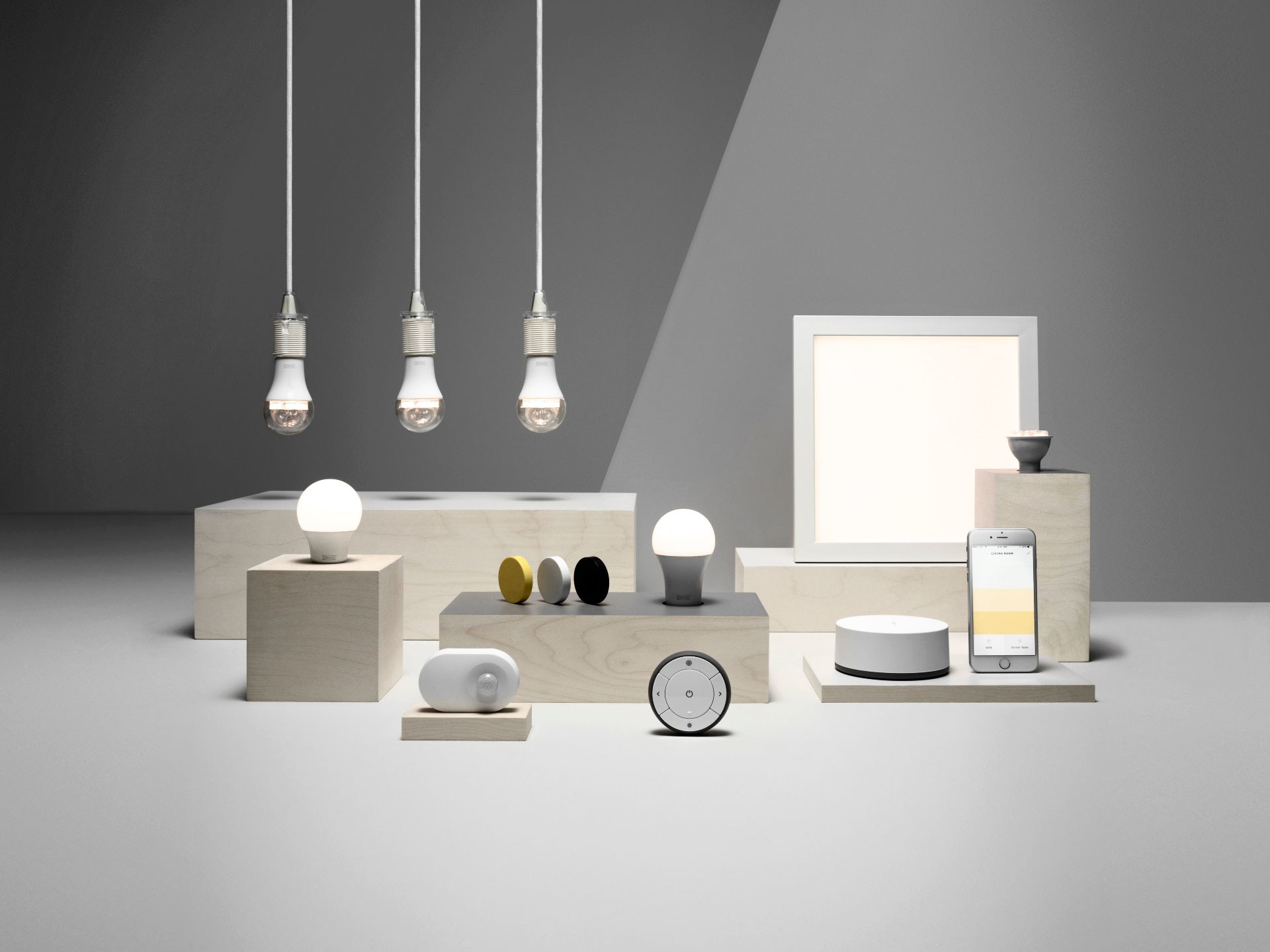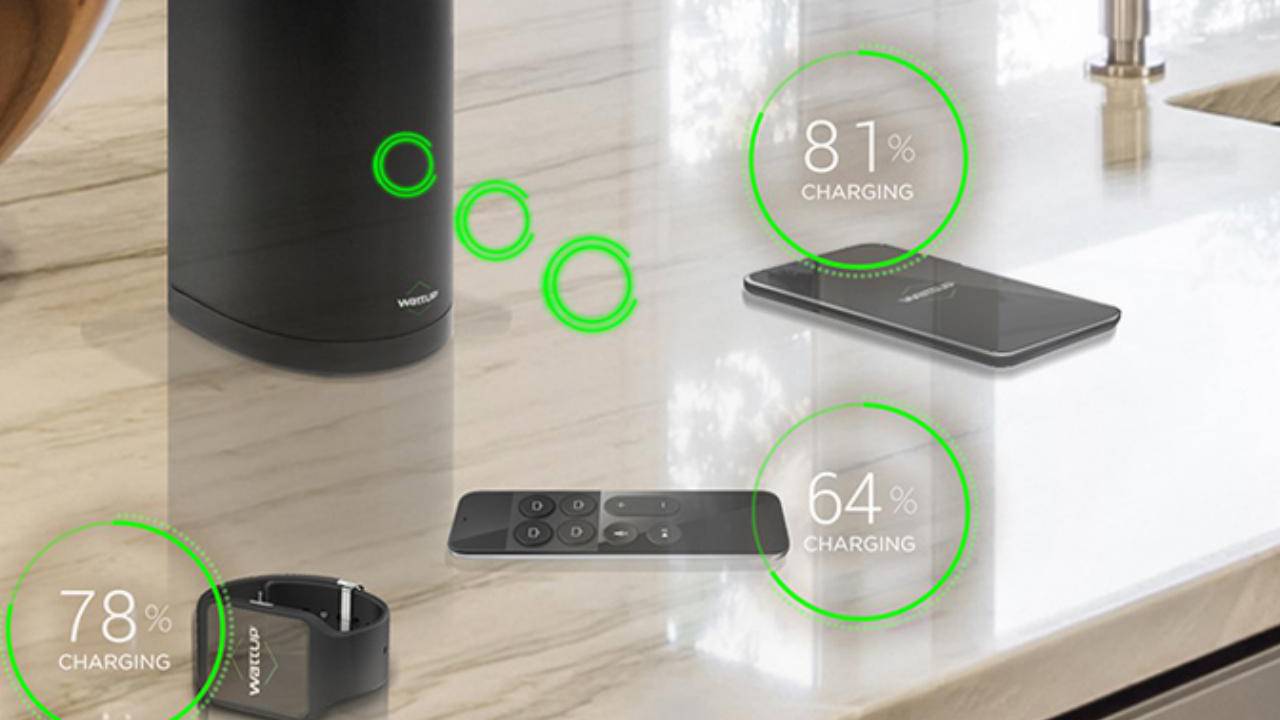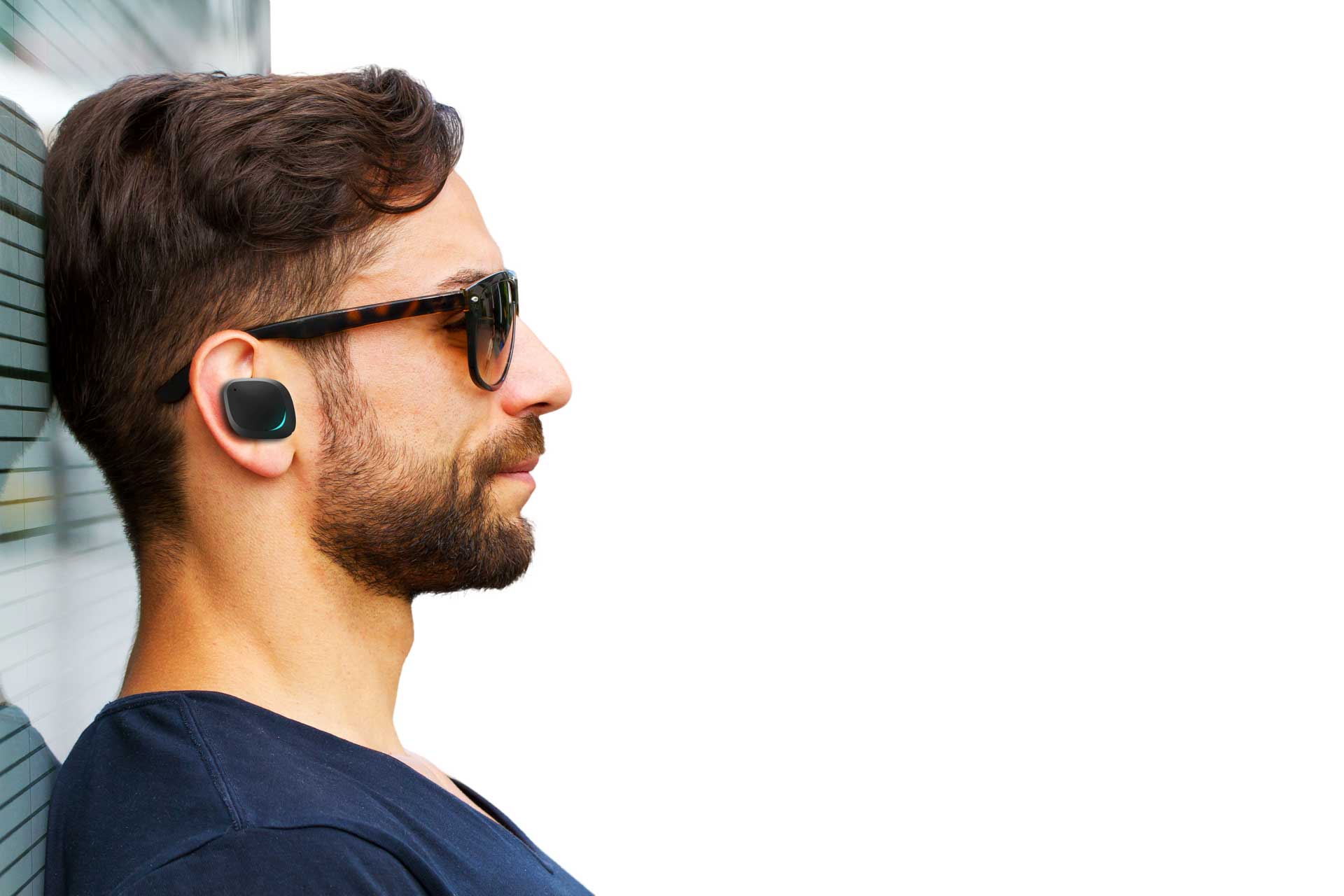
Ikea’s Plan to Became a Smart Home Company
Even though we’ve been hearing about smart home devices for many years, most homes don’t even remotely resemble the connected vision of the future that all manufacturers of smart home devices would like to transform into mainstream reality.Filled with interoperability landmines, plagued by security issues, and full of empty promises, the smart home market is a confusing mess of half-baked gadgets that cost too much and do too little—and Ikea would like to change that.
The Swedish furniture retailer has arguably more experience with manufacturing and selling well-designed products at affordable prices, and there are many reasons why Ikea may just be the perfect company to make our home smart.
Affordable and Easy to Use
Ikea is known for making good design affordable and accessible, and the company seems to be committed to this approach even when it comes to its smart home lineup, which for a very long time consisted only of Trådfri LEDs. Later this year, Ikea will begin selling its Fyrtur blinds in the United States at around $135. Smart blinds may seem like an odd choice for Ikea’s next smart product, but they actually make perfect sense from the business perspective.“The smart home has been possible for some time, but there have been two major dilemmas,” says Björn Block, the head of Ikea’s Home Smart division. “It’s too complicated and too expensive. Let’s make it super easy to install and super easy to understand, at a price tag you haven’t seen before.”
All smart home products released by Ikea so far, including the Fyrtur blinds, are both affordable and easy to use, and everything indicates that the company wants to continue on this trajectory even in the future. That’s good news for Ikea’s customers because it allows them to experience what smart home technology is about without having to make a huge upfront investment.
The Trådfri LEDs, for example, work right out of the box simply by screwing into any existing lightbulb socket. Ikea even gives you a battery for the handy remote they come with. Unlike many other smart LEDs that are currently available on the market, the Trådfri LEDs give you only a few colors to choose from, and they can’t do anything else apart from illuminating your home, and that’s exactly what makes them so attractive.
Genuinely Useful
Not everyone understands what makes wireless blinds so useful, but Ikea does. The company has made blinds without strings or cords for many years now because blinds that do have strings or cords can be a risk to babies and small children.In Europe, the Royal Society for the Prevention of Accidents requires that new blinds must be “safe by design” or be supplied with the appropriate child safety devices installed. “This means that where there is a loop that is present, or could be created, a safety device must be installed at the point of the manufacturer. These safety devices either break under pressure, tension the cord or chain or provide the facility to store cord(s) out of reach. Professional installers must fit these devices,” states the British charity.
Wireless blinds elegantly solve the issue of child safety while being suitable even for applications where you can’t reach the blinds because they are too far up to grab. The genuine usefulness of Ikea’s smart blinds as well as the rest of its smart home lineup contrasts with countless other smart home products that are smart just for the sake of being smart.
Large Distribution Network
“Most players, including IKEA, don’t seem to have reached critical mass in smart home products because it is such a diffuse and complicated market,” says Frank Gillette, principal analyst at Forrester Research. “But their specific product approach and gigantic distribution network give them a big platform.”The fact is that most consumers simply don’t understand the value proposition of smart home products. Even something so simple as the Trådfri LEDs may seem too involved on a website because it’s hard to convey the comforting nature of warm light or the eye-strain relieving potential of dimmable LED bulbs with words alone. But when customers can press a single button in one of Ikea’s many stores and instantly see the color temperature change and experience how it feels to relax in a room filled with warm light, they become much more likely to embrace smart home technology.
As of 2019, Ikea has over 420 stores in 52 markets, and nearly 1 billion customers pass through its doors every year. There are not many companies with similarly large distribution networks, giving Ikea a massive competitive advantage.

